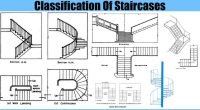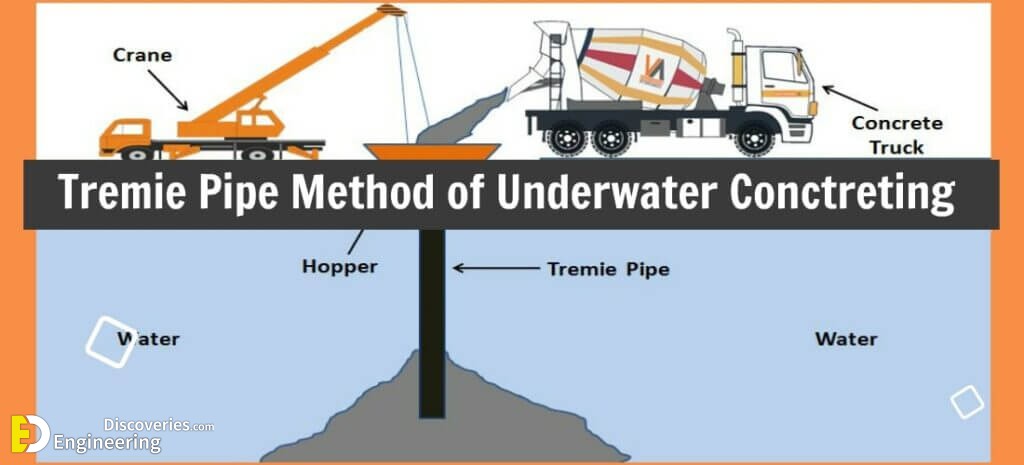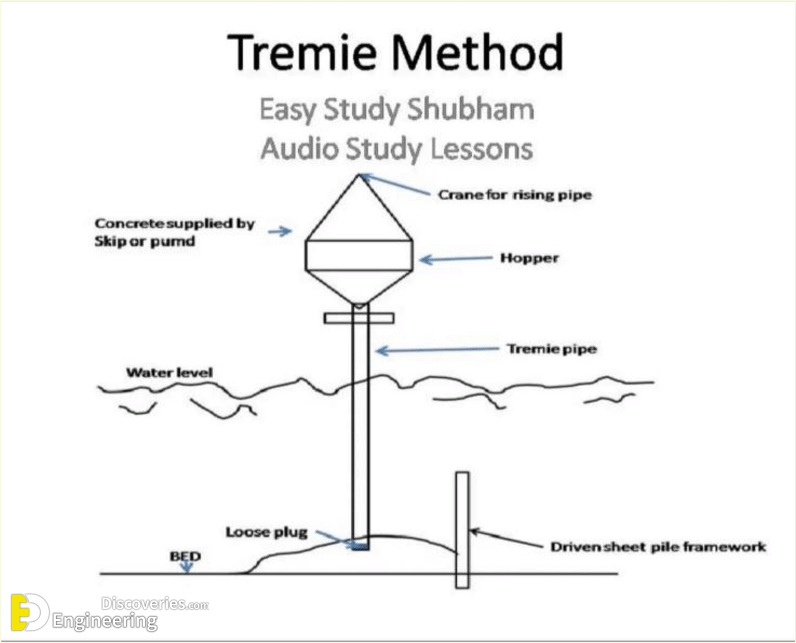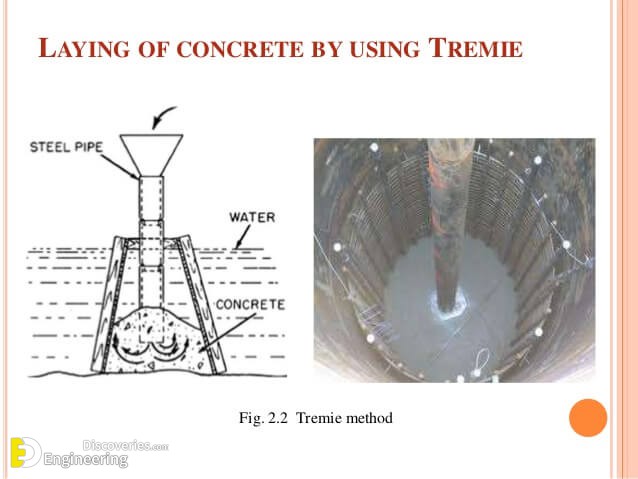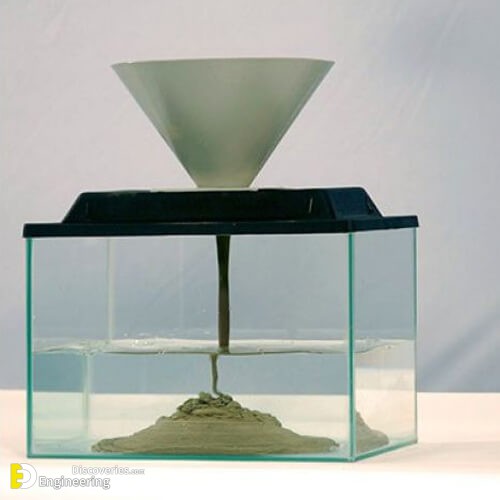The degradation of concrete underwater is a serious and troublesome matter. Underwater concreting is necessarily adopted in marine works and in deep foundations. Due to the continuous loss of cement and segregation of concrete, placing of concrete underwater becomes very difficult to unreinforced construction. Today I am going to discuss the tremie method that is mostly adopted for concreting underwater such as cofferdams, caissons, and such other dewatering method.
Underwater Concreting By Tremie Method
Tremie method is the most acceptable method of concreting underwater. In this method, a tremie pipe is inserted in the water up to the point where concrete is going to be placed. Generally, the diameter of a tremie pipe varies from 20 cm to 30 cm. Depending upon the depth of concreting underwater we can add more tremie pipe by coupling it with one another. Before inserting the tremie pipe into the water, the bottom end of the tremie pipe must be closed with a plug or thick polythene sheet or other suitable material.
After tremie pipe reaches the desired depth, a funnel is fitted to the top end of the tremie pipe, to facilitate pouring of concrete. Then concrete having a very high slump of about 150 mm to 200 mm is poured into the funnel until the whole length of the tremie pipe is filled up with concrete. Then the tremie pipe is lifted up and given a slight jerk by a winch and pulley arrangement. Due to the application of jerk and weight of the concrete inside the pipe, the bottom plug fall and the concrete gets discharged.
At this stage, make sure that the end of the tremie pipe remains inside the concrete because this will prevent entering of water into the pipe from the bottom. When all of the concrete inside the pipe gets discharged, the tremie pipe is again completely filled with concrete and the process is repeated. This process of filling and discharging of concreting is repeated, without any interruption, until the concrete level comes above the water table.
NOTES
1- Pumping of water should not be allowed while concreting, because it may absorb cement particles from the concrete.
2- No compaction is required for underwater concreting, as concrete gets compacted by the hydrostatic pressure of water.
For better understanding watch this video
